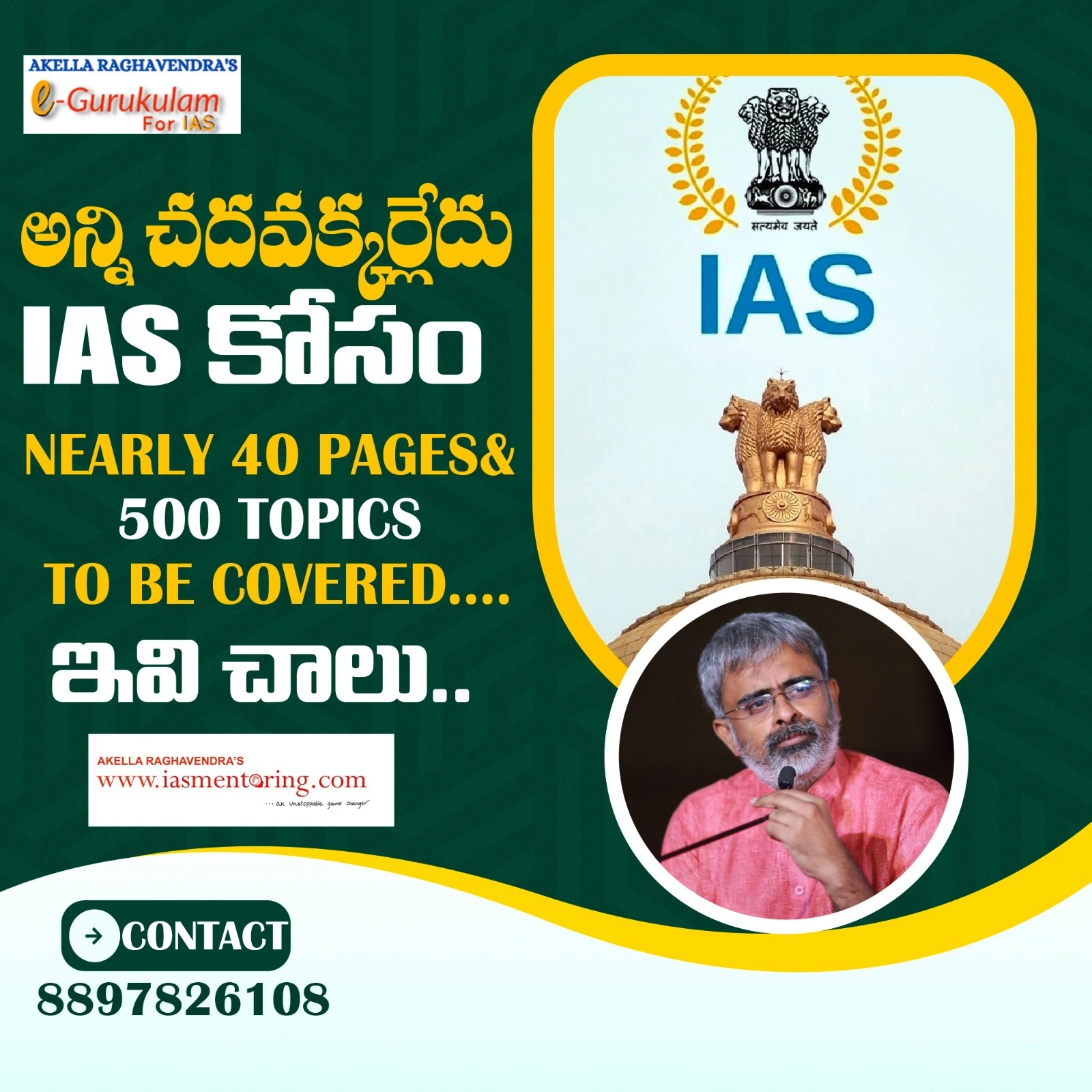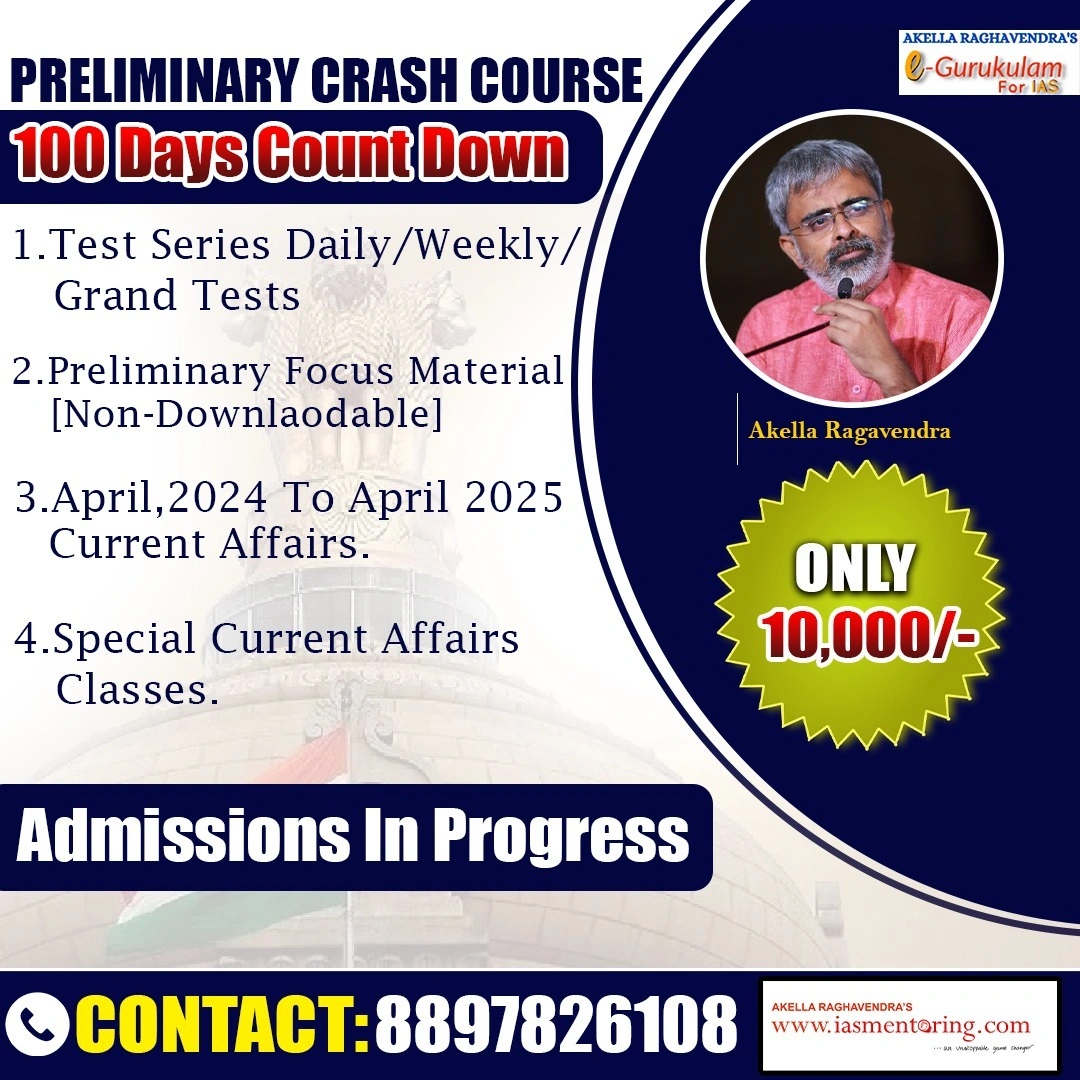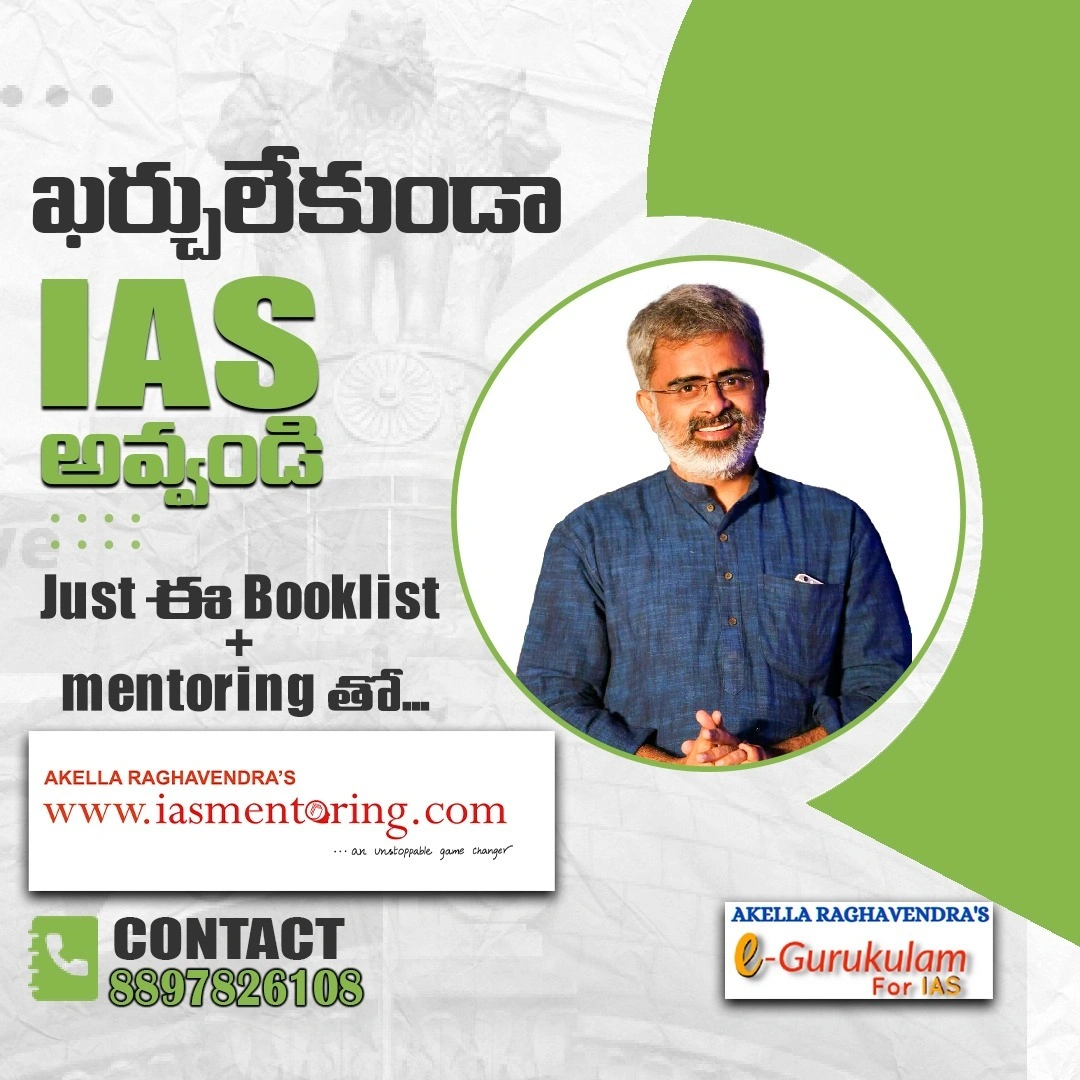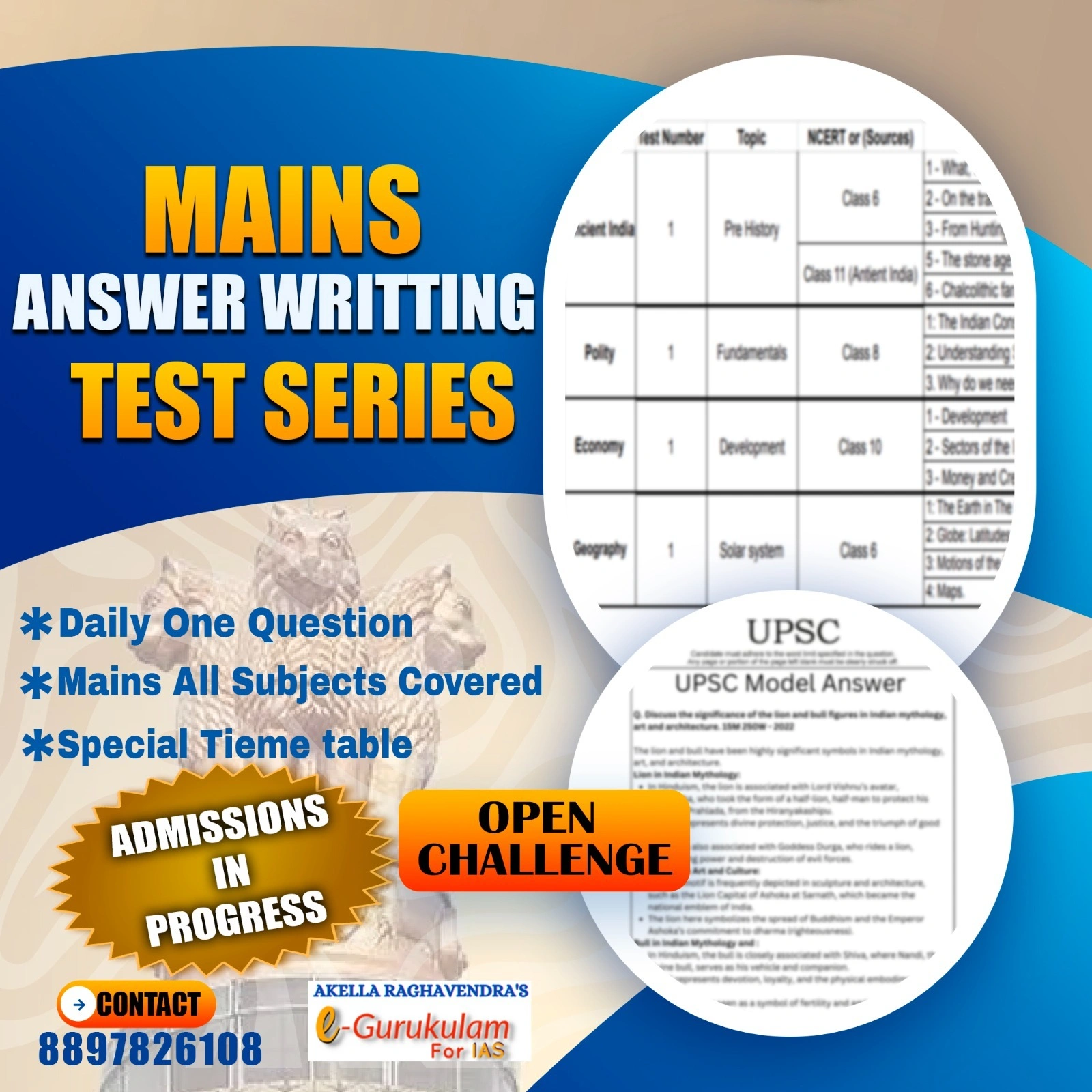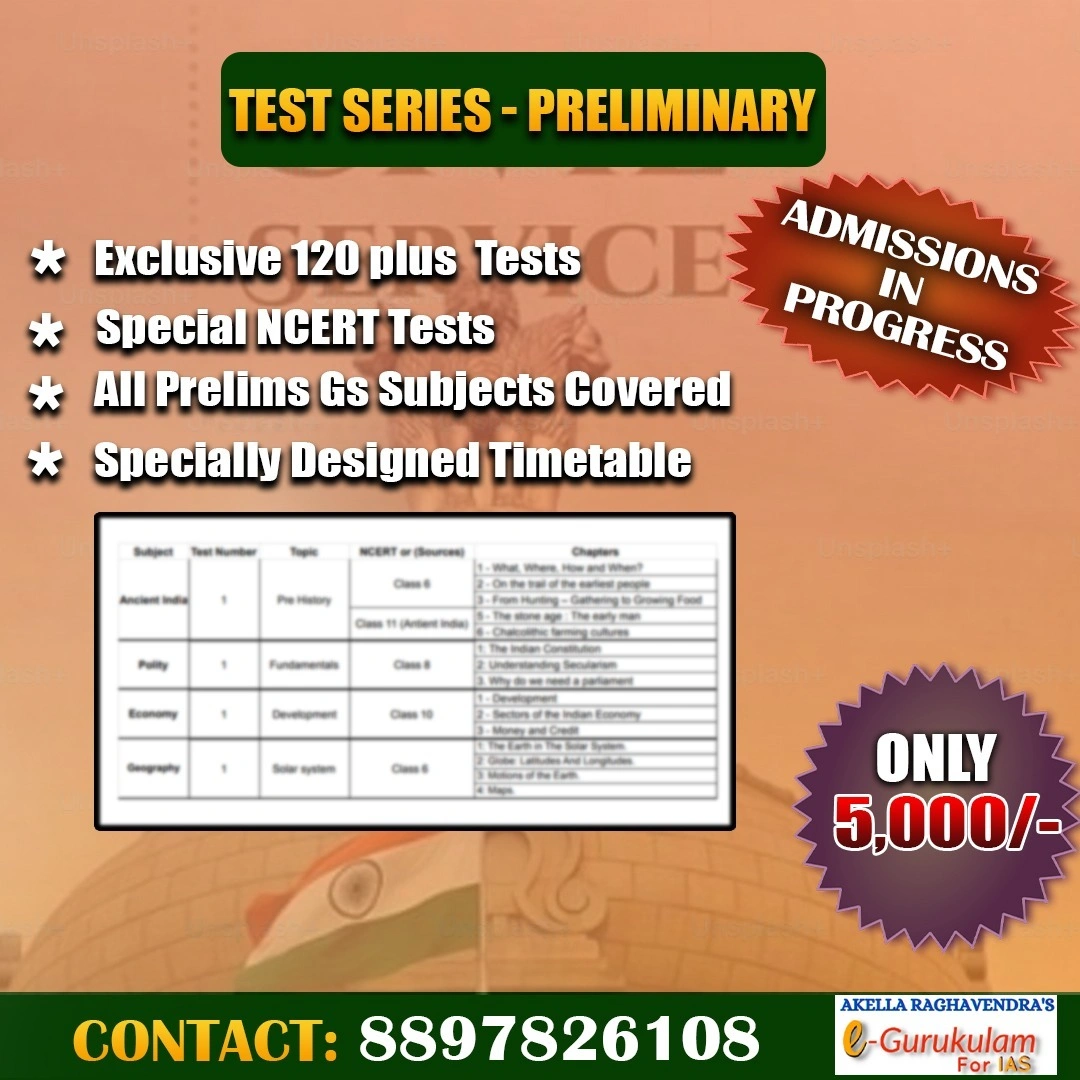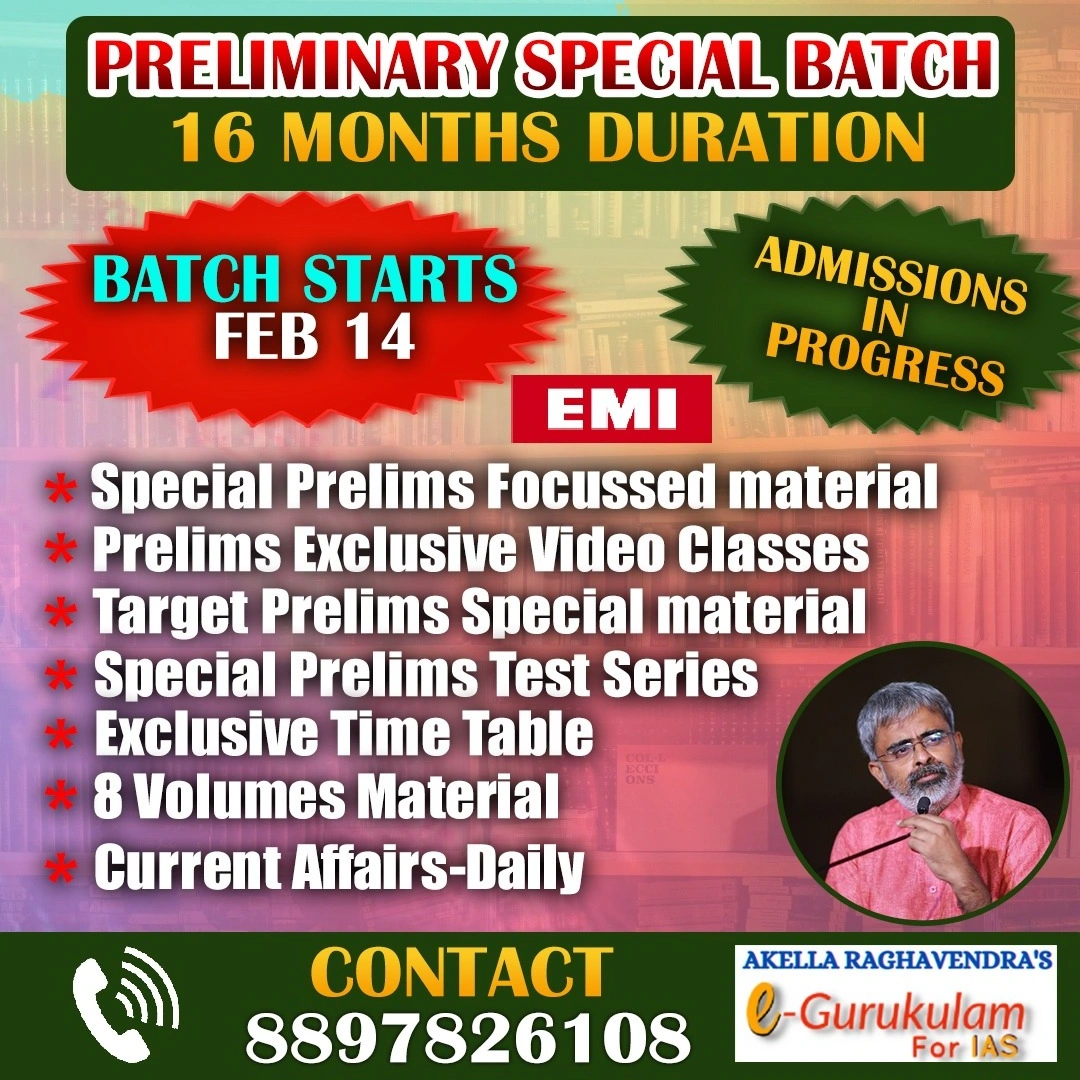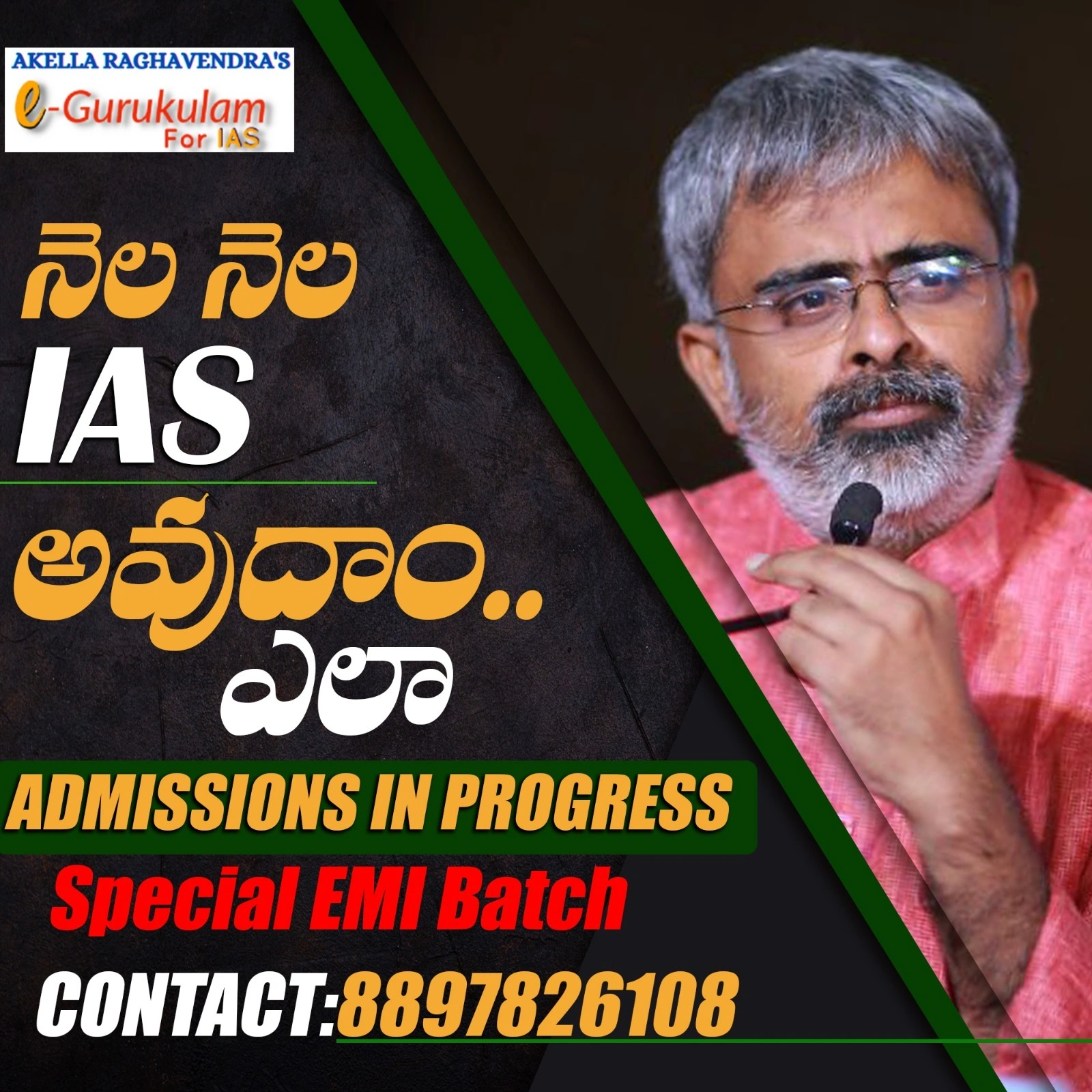Rajasthani Culture
Kailadevi Temple, Karauli
Historical & Mythological Significance
- Built by King Bhompal in 1600 AD.
- Located near Karauli, Rajasthan, at the foothills of Trikuta Hill.
- Associated with the legend of Narakasura, a demon who terrorized the region.
- Local people prayed to Maa Durga, who incarnated as Kailadevi and killed Narakasura.
- Believed to be a Shaktipeeth – where body parts of Sati
- Associated with Yogmaya, the divine girl who escaped from Kansa’s hands (Krishna’s birth story).
- Baba Kedargiri, a saint, performed penance here; demon footprints still seen on a rock at Danavdaah.
UPSC Relevance: Integrates Mythology, Local Legends, and Shakti Worship.
Temple Architecture & Location
- Built with white marble and red sandstone – unique blend of colors.
- Situated in a natural and serene environment, suitable for meditation and spiritual growth.

Kailadevi Fair (Annual Event)
- Held in Chaitra month during Navratri (March–April).
- Duration: Around 15 days (e.g., March 26 to April 11).
- Over 40 lakh visitors attend annually – a major cultural and religious event.
- Pilgrims come from Rajasthan, Uttar Pradesh, and Madhya Pradesh, often on foot.
- Involves:
- Devotional singing.
- Folk dances and performances.
- Rituals like Mundan ceremony and newlywed women offering green bangles.
Cultural integration of rituals, social symbolism, and mass pilgrimage – great for GS1 answers and essays.
Pilgrimage Support & Facilities
- Over 1,000 police personnel including 6 Additional SPs for security.
- 250+ CCTV cameras, patrolling jeeps/motorbikes.
- 350+ additional buses deployed with 50% fare discount.
- Expected to earn ₹1.5–2 crore revenue from transport.
Civic Arrangements:
- Bhandaras: Free food, snacks, beverages arranged by community & govt.
- Medical Teams & Centers active 24×7.
- Clean drinking water via tanks, uninterrupted electricity
- Public toilets, repaired roads, anti-encroachment drives.
- One-way traffic systems to control crowd flow.
Additional Attractions in Karauli:
- Karauli Palace: Rajput royal residence, known for intricate architecture.
- Madan Mohan Ji Temple: Inside the City Palace, famous for its evening aarti.
- Shri Mahavir Ji Temple: Jain pilgrimage site near Hindaun City, idol excavated ~200 years ago.
- Timangarh Fort: 42 km from Karauli, historic with scenic views.
- Keladevi Wildlife Sanctuary: Buffer zone of Ranthambore, home to tigers, leopards, birds.
Bhartiya Lok Kala Mandal, Udaipur
- Located in Udaipur ("City of Lakes"), Rajasthan.
- Founded in 1952 by Manohar Lal Soni, a noted art historian.
- Objective: Preserve and promote Rajasthani folk culture.
Museum Collections
1. Puppetry (Kathputli)
- Traditional Rajasthani puppet theatre.
- Puppets crafted from wood, cloth, representing characters from:
- Mythology
- Folk tales
- History
- Live puppet shows are a major attraction.
Significance: Puppetry as a medium of storytelling and oral tradition preservation.
Folk Music & Instruments
- Instruments displayed:
- Sarangi, Dholak, Morchang, Sitar, etc.
- Associated with performances of:
- Ghoomar, Kalbeliya, and other folk dances.
Tribal Art & Craft
- Tribes represented: Bhils, Meenas, Gonds, Saharias
- Artifacts include:
- Jewelry
- Wooden art
- Embroidery
- Tribal weapons
Reflects the cultural identity and ritualistic practices of tribal communities.
Folk Paintings
- Styles: Madhubani, Phad, Pichwai, Warli
- Phad: Scroll painting narrating folk stories.
- Pichwai: Krishna-centric art from Nathdwara.
- Also features Miniature Paintings from Rajput courts.
- Themes: History, court life, processions, religious motifs.
- Natural dyes used for intricate detail.
Traditional Costumes & Jewelry
- Costumes: Made from Bandhej (tie-dye), Leheriya, block prints.
- Jewelry styles: Kundan, Meenakari, Thewa – elaborate and colorful.
- Shows regional textile traditions and aesthetics of Rajasthani communities.
Activities & Outreach
- Cultural programs: Puppet shows, dance/music events.
- Workshops and educational outreach for students and researchers.
- Emphasis on hands-on experience with folk culture.
- Art exhibitions and collaborations with institutions.
Architecture & Location
- Museum building blends traditional Rajasthani design with modern elements.
- Features: Wooden windows, open courtyards, intricate carvings.
- Location in scenic Udaipur enhances visitor experience.
Cultural & Economic Impact
- Tourism: Attracts thousands of Indian and international tourists annually.
- Employment: Supports artisans, performers, staff.
- Promotes cultural economy and preservation of intangible heritage.
- Mythology
- Folk tales
- History
- Sarangi, Dholak, Morchang, Sitar, etc.
- Ghoomar, Kalbeliya, and other folk dances.
- Jewelry
- Wooden art
- Embroidery
- Tribal weapons
- Phad: Scroll painting narrating folk stories.
- Pichwai: Krishna-centric art from Nathdwara.
- Themes: History, court life, processions, religious motifs.
- Natural dyes used for intricate detail.


